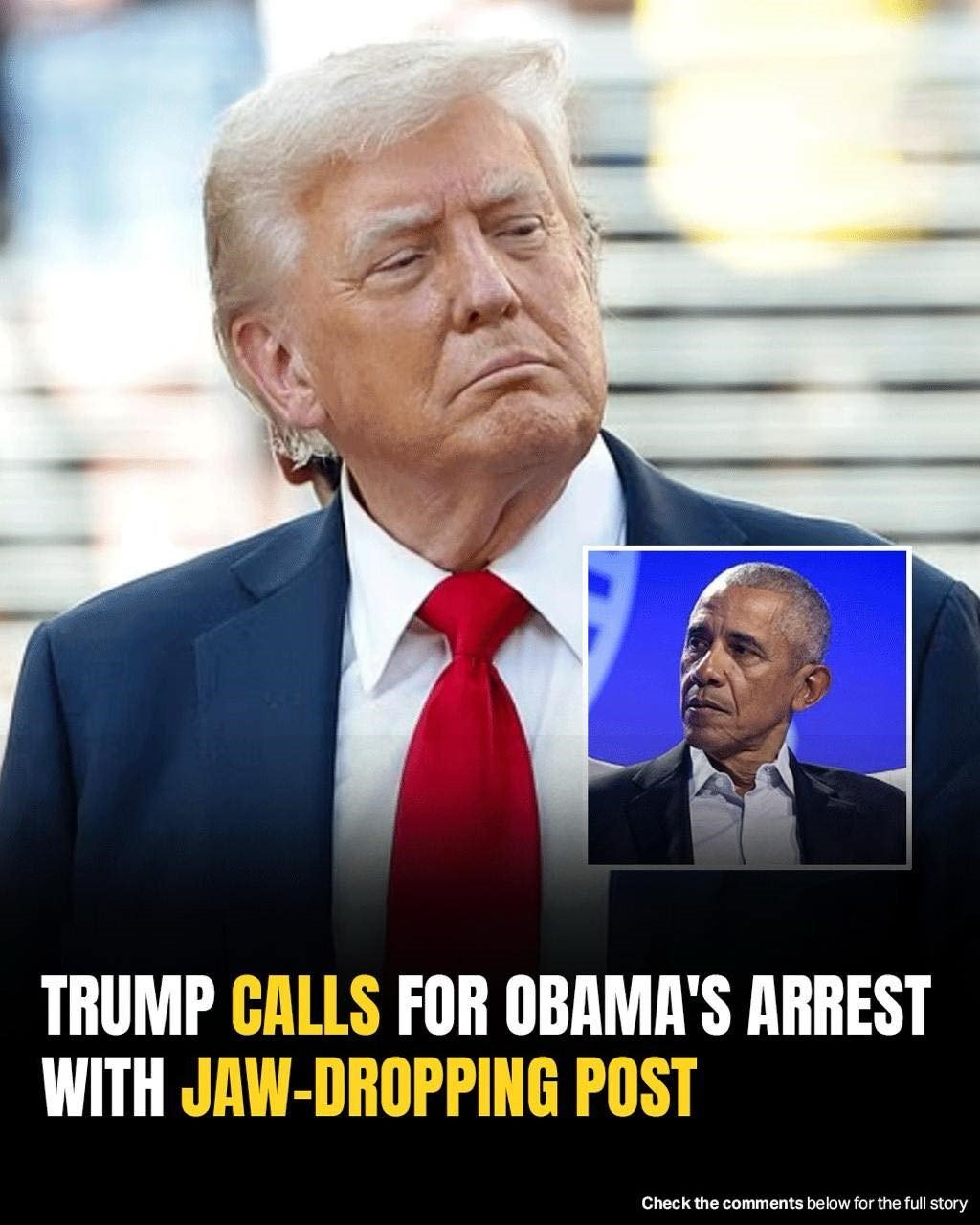“This is a wake-up call for social media platforms and lawmakers alike,” said one media ethicist. “When powerful tools like deepfakes are used without transparency, it blurs the line between reality and fiction—and that has real-world consequences.”
The video comes at a pivotal moment in American politics, with primaries underway and public trust in media and institutions already under strain. While deepfakes have been circulating for years, their quality and accessibility have recently advanced to a point where even seasoned viewers may find it difficult to distinguish them from authentic content.
Reaction to the video was mixed. Some viewers saw it as a form of digital satire or commentary, while others criticized the post as irresponsible or misleading. On X, one user described it as “a sign of where political messaging is headed,” while another wrote, “We need clear guidelines for AI-generated content before it’s too late.”
Former President Obama has not responded publicly to the video. Meanwhile, discussions continue around whether platforms should require clearer labeling of AI-generated material—particularly when public figures or sensitive topics are involved.
This incident highlights the growing need for digital literacy and ethical standards in the age of artificial intelligence. As technology continues to evolve, experts stress the importance of verifying content through trusted sources and staying alert to the ways media can be manipulated.
In an era where even the most lifelike visuals can be artificially produced, one thing remains clear: the responsibility to seek truth—and share it responsibly—is more important than ever.

